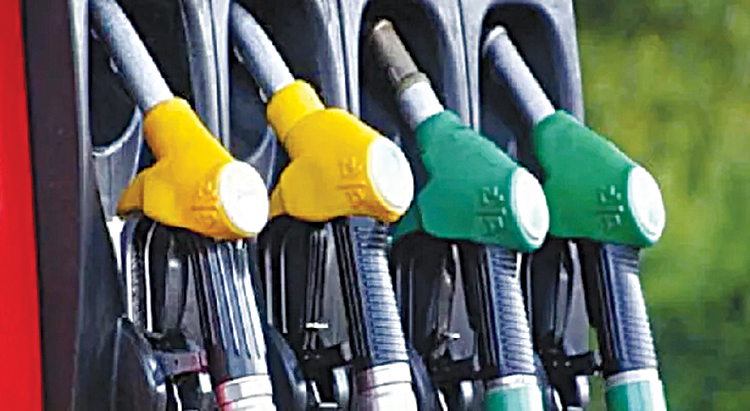New Delhi, Feb 28 (FN Bureau) While ongoing Russia-Ukraine crisis has stoked fears of rise in commodity prices especially fuel and metals, it has potential to aggravate the chip shortage problem also being faced world over. “There is a threat that the semiconductor shortage could lengthen, as Russia and Ukraine are major players in the supply of neon and helium gases,” Moody’s Analytics said in a report on Monday. Neon and helium gases are critical to the production of chips, and Russia and Ukraine are both major players in the global supply chain. Neon prices had gone up more than 10 times following the Russian annexation of Crimea in 2014. Moody’s Analytics said that palladium is another key component of the chip making process that may be affected given that Russia controls a quarter of the world’s palladium stock. “We do not see an immediate impact to chip production because most major chipmakers have stockpiled raw materials due to significant demand growth during the pandemic.
But if the Russia-Ukraine conflict drags on, chipmakers in Taiwan, South Korea, Japan, China and other countries will feel the impact. This will likely result in higher chip prices and longer lead times moving forward,” the report said. Following the outbreak of Coronavirus and subsequent supply chain disruptions, factories across the world faced chip shortage leading to slowdown in production. Chip prices also soared adding to the woes of carmakers, home appliances companies and a host of other sectors using them. With pandemic situation easing chip shortage has improved substantially and factories are witnessing higher capacity utilisation. Barely months into normalcy returning, renewed chip shortage problem has potential to derail the recovery.
Talking about the chip shortage issue and if it continued to cast shadow on production, Shashank Srivastava, Senior Executive Director (Marketing and Sales), Maruti Suzuki said the problem has eased over past few months. “It is easing now. So, if you look at September we were doing 40 pc of our production, October was 60 per cent, November was 83 per cent, December was 90 per cent, January was 92-93 per cent. As you can see, progressively it is getting better. But it’s not going to be 100 per cent even in this quarter-end,” he told UNI a few days back. “The complex supply chain issues make it very difficult for us to pinpoint the exact time when it will become 100 per cent but it’s getting better,” he added.

